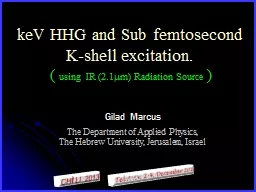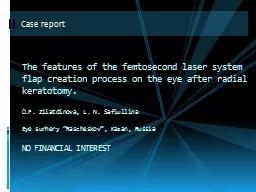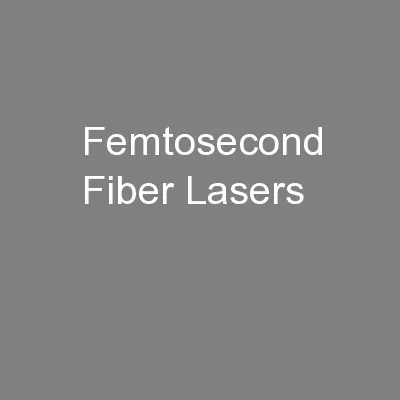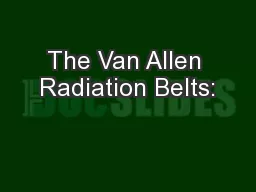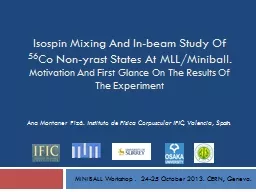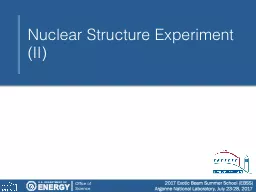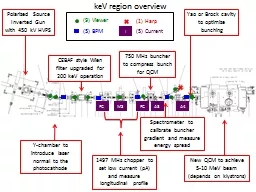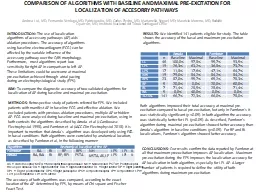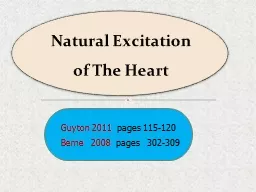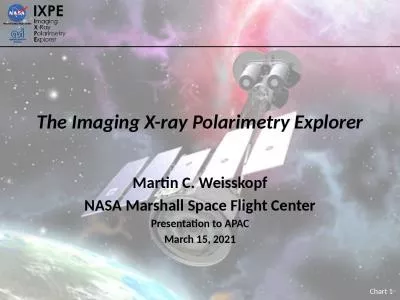PPT-keV HHG and Sub femtosecond K-shell excitation.
Author : trish-goza | Published Date : 2016-04-09
using IR 21 m Radiation Source Gilad Marcus The Department of Applied Physics The Hebrew Universit y Jerusalem Israel Tel Aviv 24 December 2013 Acknowledgment
Presentation Embed Code
Download Presentation
Download Presentation The PPT/PDF document "keV HHG and Sub femtosecond K-shell exc..." is the property of its rightful owner. Permission is granted to download and print the materials on this website for personal, non-commercial use only, and to display it on your personal computer provided you do not modify the materials and that you retain all copyright notices contained in the materials. By downloading content from our website, you accept the terms of this agreement.
keV HHG and Sub femtosecond K-shell excitation.: Transcript
Download Rules Of Document
"keV HHG and Sub femtosecond K-shell excitation."The content belongs to its owner. You may download and print it for personal use, without modification, and keep all copyright notices. By downloading, you agree to these terms.
Related Documents

